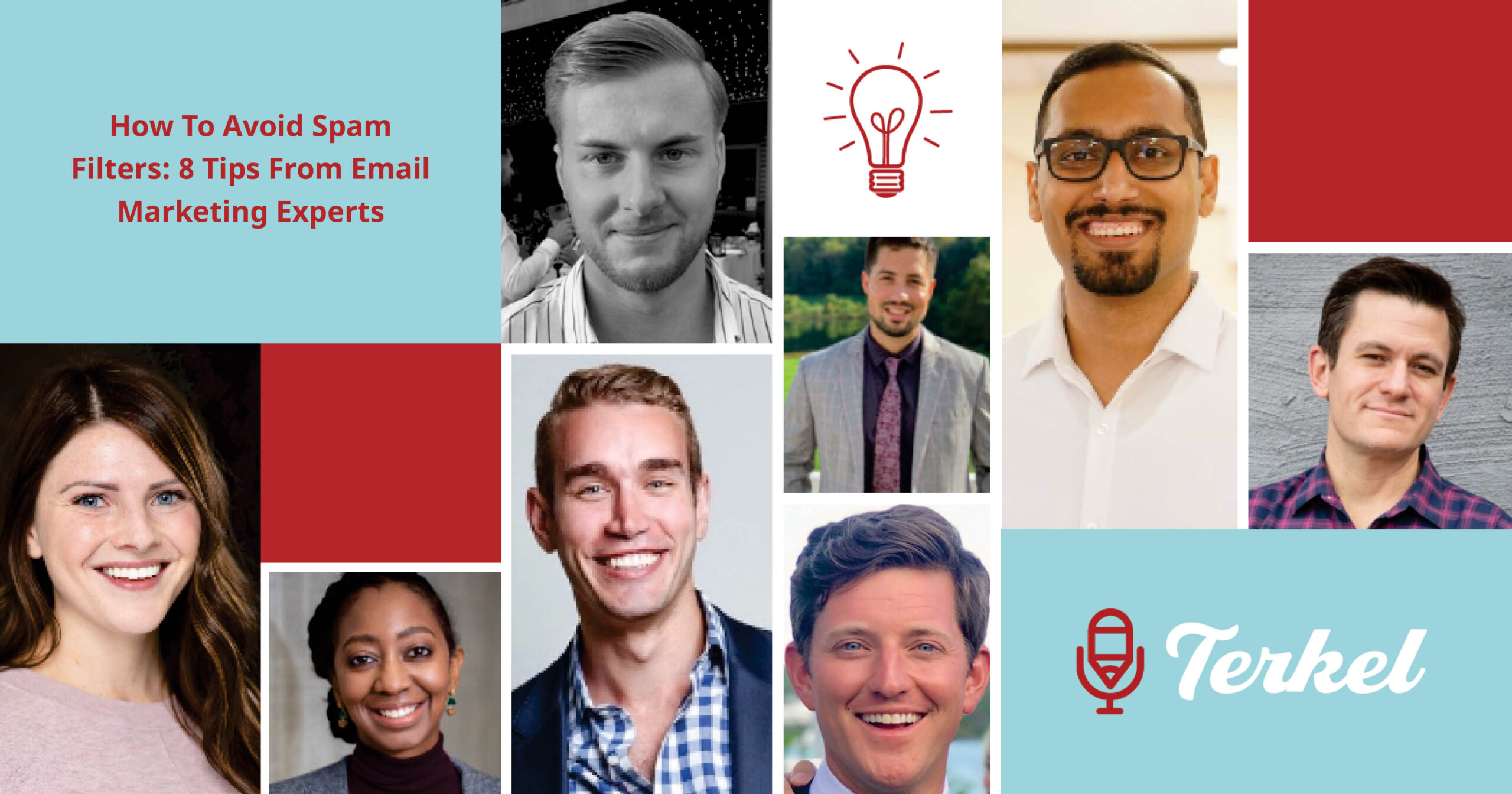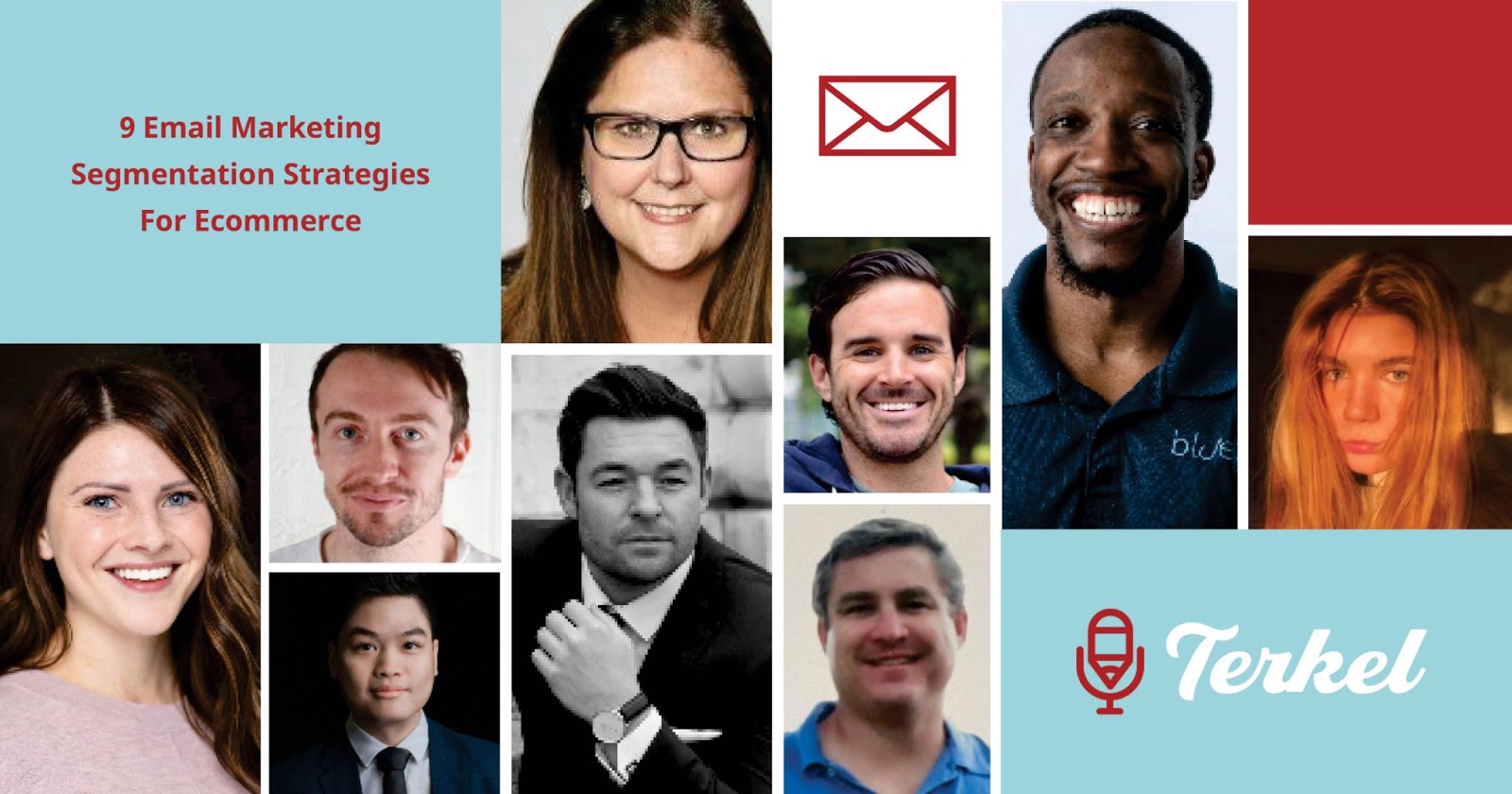What is one company swag idea that is good for remote employees?
To help companies come up with swag ideas for remote workers, we asked creative professionals and business leaders this question for their best advice. From insulated lunch bags to portable power banks, there are several company swag ideas that remote employees will actually use and enjoy for a long period of time.
Here are 12 company swag ideas for remote workers:
- Branded Insulated Lunch Bags
- Clever Tea & Coffee Accessories
- Send New Hire Swag Packs
- Custom Thermos
- Self-Care Swag Box
- Branded Headphones
- An Item They’ll Actually Wear Out in Public
- Warm Up With Insulated Mugs
- A Custom Memory Foam Seat Cushion
- Cocktail Kits
- Custom Business Card Holders
- Portable Power Banks
Branded Insulated Lunch Bags
Swag should be practical and useful, especially if it’s being sent out to a hybrid team made up of in-house and remote employees. Something simple, like a branded insulated lunch bag, can be easily mass-produced and shipped everywhere, and be of benefit to employees near and far. Even if it’s never used by remote employees to bring lunch into the office, the practicality and thought behind the swag will be what counts.
Randall Smalley, Cruise America
Clever Tea & Coffee Accessories
Most branded items will not be visible online. The exceptions are the coffee & tea accessories that could accompany colleagues at morning and afternoon calls alike. Providing thoughtfully designed tea infusers, isolative bottles, or filtering straws like those used for yerba mate can make a difference. It can also satisfy many employees, including those seeking eco-friendly options.
Michael Sena, SENACEA
Send New Hire Swag Packs
We mail a swag pack to every single employee who comes onboard Curricula. We call our team members “Curriculoos” and we want them to feel like part of our company culture from Day 1. Each new Curriculoo gets a Curricula mug, tumbler, t-shirt, hoodie, stickers, and coozie all in a branded mailer. It’s so important for new hire onboarding and training to create a great experience, especially with so many people continuing to work remotely.
Nick Santora, Curricula
Custom Thermos
Corporate swag is an awesome way for people to represent their company in and outside of the office. Maybe skip the t-shirts this round and go for something you know everyone will actually use, like a thermos. Almost everyone goes for a coffee or tea in the morning so it is almost guaranteed everyone will use it at some point and there are some really awesome customizable options. You can opt for a custom thermos featuring your company’s logo, and for the ecologically conscious, you can find retailers who have recycled material options. If you give it some really good thought you’ll have a gift that everyone will think is pretty cool!
Tom Mumford, Undergrads
Self-Care Swag Box
A self-care swag box is a fantastic option for remote employees, regardless of industry. Equipped with candles, bath bombs, and teas, swag boxes are a great way to appreciate those who work from home and occasionally need a short break to refresh and recharge themselves. By sending a swag box, you can show your remote employees that you care about their health and well-being.
Allan Switalski, LendThrive
Branded Headphones
More employees working from home tend to share an office space with their significant other or children. Providing them with company-branded headphones can ensure that company conversations are kept private and enable their family members to stay in the office space with them. They also have the opportunity to listen to their favorite music to drown out noise or to help them get through the day.
Annette Harris, Harris Financial Coaching
An Item They’ll Actually Wear Out in Public
So many times, people are given swag that will stay confined at home or get lost in a drawer somewhere. I try to think about swag items as something I personally would want to wear. Something I wouldn’t be embarrassed to wear…and something I’d wear often. The point of swag is to create free marketing for your organization. If you want it to be worth it – make hoodies or beanies or scarfs that have the company name and a fun logo/slogan on them. Avoid obnoxious colors, pick neutral tones or a simple black/white, which will get more wearability. Essentially, the more it’s worn in public, the more eyes/awareness around your company.
Annie Raygoza, WebEnertia
Warm Up With Insulated Mugs
A great corporate gift idea is insulated mugs (with lids) which are perfect for using when you take a walk, in the car, or are working at your desk. That’s something employees will actually appreciate because it’s something they can actually use all the time. Plus, colleagues see each other using it on video chats and feel more connected (or reminded to use theirs!) It’s a win-win, and if you get a high-quality one they last a really long time.
Lisa Odenweller, Kroma Wellness
A Custom Memory Foam Seat Cushion
Give your remote employees a custom swag item that will make them more comfortable as they work from home. A cool item would be a memory foam seat cushion. This is a creative solution to a common problem that remote workers face: their home office chairs are not comfortable. A memory foam seat cushion will not only alleviate the pain they feel in their bottom, but also in their back, legs, and hips.
Melanie Bedwell, Olipop
Cocktail Kits
One gift that can be sent out to remote workers but also will help build your team would be cocktail kits. Though you would not be able to mail alcohol to your employees, you can include all the necessities of a cocktail such as glasses, coasters, shakers & dry ingredients to top off the drink. After sending them out, plan an after-work virtual happy hour where each employee shows off their creation and plays some games. Gifting an item that leads to an event will not only bring your team together without being in person but also strengthen employee relationships with one another in a relaxed setting.
Sacha Ferrandi, Source Capital
Custom Business Card Holders
Personalized business card holders are practical gifts that are appreciated by anyone who’s always giving their old, beat-up one away at networking events or other professional gatherings. With personalized business card holders, they’ll always have an up-to-date collection of contacts and will be reminded of your company every time they’re exchanging cards with someone new.
Marc De Diego Ferrer, MCA Assessors
Portable Power Banks
Portable power banks, in my opinion, are the most useful instances of luxury company swag. When an outlet is unavailable, these gadgets allow people to charge electronics such as cellphones, tablets, and laptops. Charge the bank first, then connect the gadget with a cable. These portable chargers are ideal for use during public events, vacations, and activities. The power banks can be used for both business and personal purposes by employees. The best possibilities are high-end brands, which may still be personalized with the corporate name and emblem. Because this swag is more expensive, it may have a greater influence on employees and be more impressive to onlookers.
Anjelica Rivera, Cell Tracking Apps
Terkel creates community-driven content featuring expert insights. Sign up at terkel.io to answer questions and get published.
















